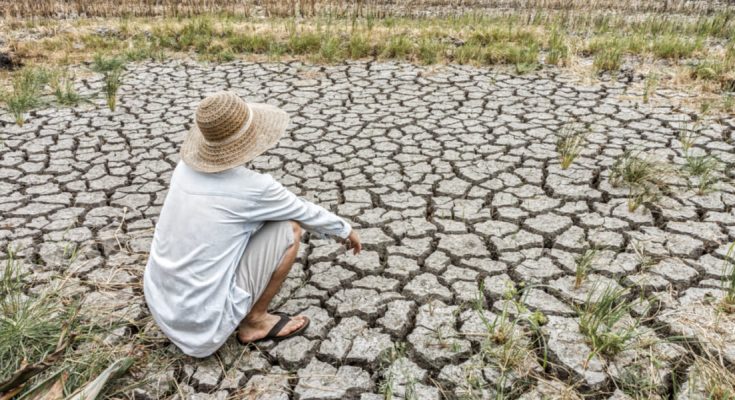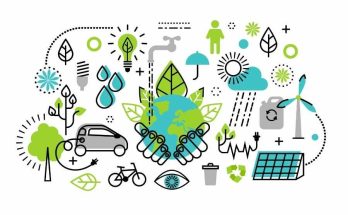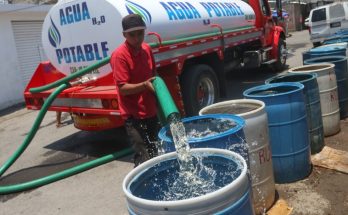By Alejandro Angulo
In the different celebrations for the environment on June 17, it was the turn for the commemoration of the International Day of Desertification and Drought. According to the environmental authority in Mexico, “Droughts are among the greatest threats to sustainable development, especially in developing countries.” However, it’s true that more and more rich nations are affected. In fact, it’s estimated that by 2050 droughts will affect more than three-quarters of the world’s population.
The number and duration of droughts have increased by 29% since 2000, and today more than 2.3 billion people are affected by water scarcity. These are growing and worrying figures, especially considering that one in four children in the world will be affected by this phenomenon between now and 2040, according to UNICEF. No country is immune to drought.
In Mexico, the major cause of soil degradation is water erosion, and the affected areas amount to 37% or 72,465,144 hectares of the country’s territory. We know that currently Mexico is a semi-dry country, comprising arid, semi-arid, and dry sub-humid zones in 65% of the country’s land. In 2003, the Ministry of Environment and Natural Resources (SEMARNAT) estimated that soil degradation affects 88 million hectares in the country, in degrees ranging from light to extreme. This represents 45% of the nation’s surface. It’s estimated that at present, 64% of these soils show some level of degradation.
It should be clarified that there is natural desertification and man-made desertification. The latter is caused by excess crops that deplete the soil, overgrazing that eliminates the vegetation cover that protects soil it from erosion, deforestation that destroys the trees that hold the soil to the ground, as well as poor irrigation systems that transform farmland into salty land that can be compacted, making it unusable for fauna and flora. In the opinion of Mayra Elena Gavito Pardo at UNAM, “This phenomenon is a consequence of global warming, the change in land use, and the lack of compliance with territorial ordering.”
Between 1951 and 2010, arid areas have increased and many present problems of degradation, and by 2025, 1.8 billion people will live in regions with severe water scarcity.
In Michoacán, there is a severe problem of degradation and potential desertification due to the expansion of avocado cultivation. It’s been known for a long time that the process is advancing from north to south, and that the Lerma basin is the last barrier to contain desertification, and if it’s not achieved, it will advance towards the states of the southeast and perhaps we will lose the most valuable part of our biodiversity. What is serious is not only how much surface is degraded but also to understand that degradation increases in such a way that each year, around 600,000 hectares are affected in the country. This has repercussions in terms of frequency, to a greater extent in the states of San Luis Potosí, Zacatecas, Tamaulipas, Chihuahua, Sonora, Durango, Coahuila, and northern Veracruz, as well as others in the center of the country.
Faced with this, various strategies have been promoted, including substituting high-water-demand crops with low-demand crops, and improving plant cover with low-growing species (grasses, shrubs, among others) and/or native and endemic species.
Let’s protect our soils.




